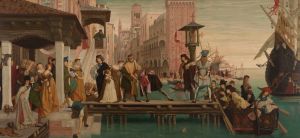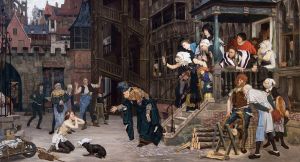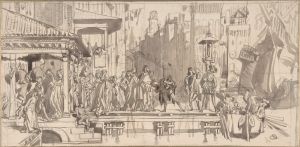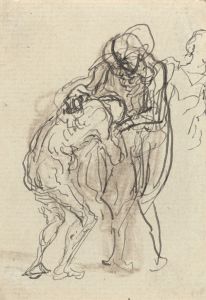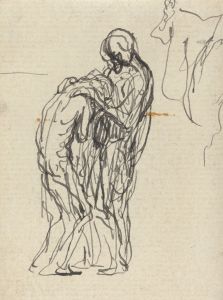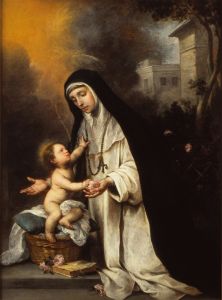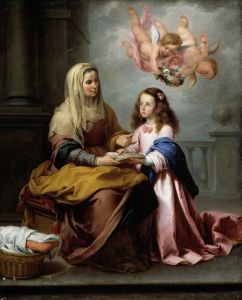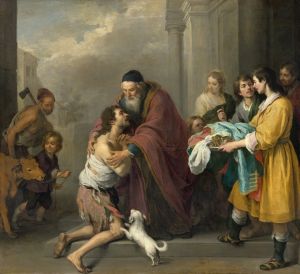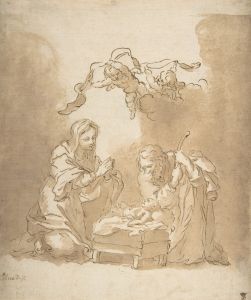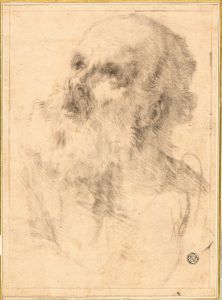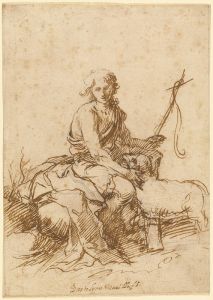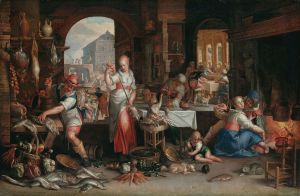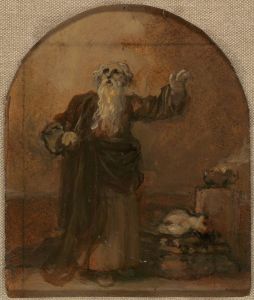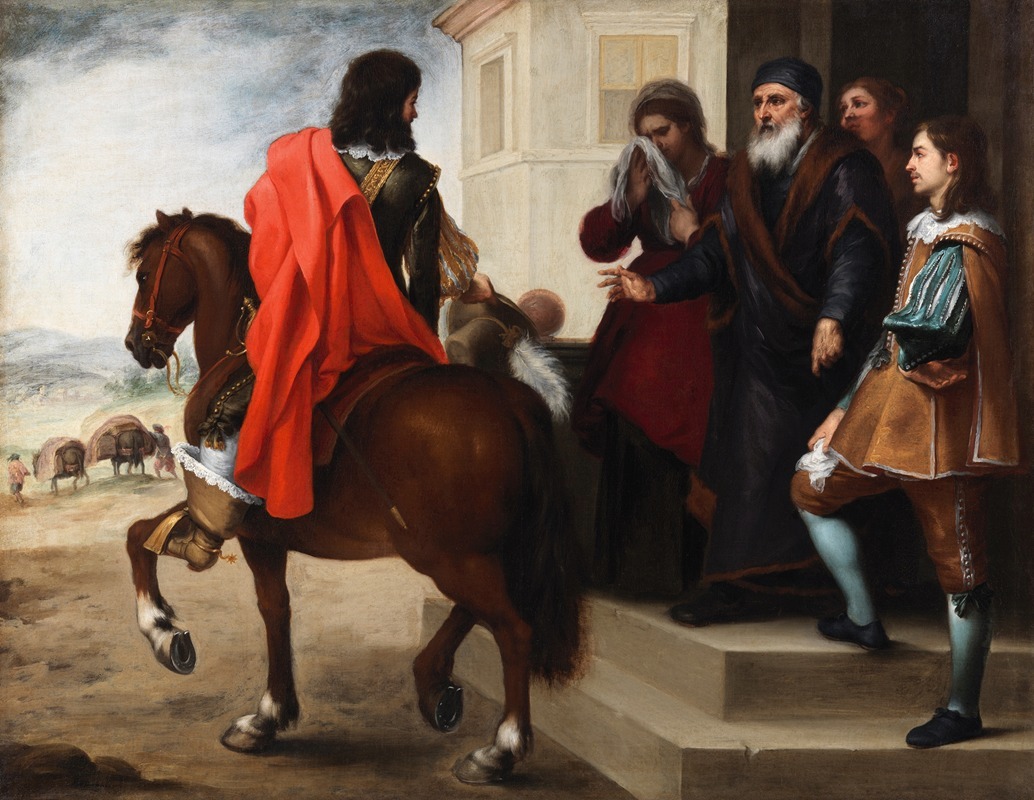
The Departure of the Prodigal Son
A hand-painted replica of Bartolomé Estebán Murillo’s masterpiece The Departure of the Prodigal Son, meticulously crafted by professional artists to capture the true essence of the original. Each piece is created with museum-quality canvas and rare mineral pigments, carefully painted by experienced artists with delicate brushstrokes and rich, layered colors to perfectly recreate the texture of the original artwork. Unlike machine-printed reproductions, this hand-painted version brings the painting to life, infused with the artist’s emotions and skill in every stroke. Whether for personal collection or home decoration, it instantly elevates the artistic atmosphere of any space.
Bartolomé Esteban Murillo, a prominent Spanish Baroque painter, is known for his religious works and genre scenes that capture the essence of 17th-century Spain. One of his notable works is "The Departure of the Prodigal Son," which is part of a series depicting the biblical parable of the Prodigal Son. This series illustrates the story found in the Gospel of Luke, which tells of a young man's journey from sin to redemption.
"The Departure of the Prodigal Son" is believed to have been painted in the mid-17th century, during a period when Murillo was at the height of his artistic career. The painting portrays the moment when the prodigal son leaves his father's house to seek his fortune in a distant land. Murillo's depiction is characterized by its vivid detail and emotional depth, capturing the tension and anticipation of the young man's departure.
Murillo's style is noted for its softness and warmth, achieved through his masterful use of light and color. In "The Departure of the Prodigal Son," these elements are evident in the way he contrasts the hopeful expression of the young man with the somber demeanor of the father and other figures. The composition is carefully arranged to draw the viewer's eye to the central figures, emphasizing the emotional core of the narrative.
The painting is part of a larger series that Murillo created, which includes other scenes from the parable such as "The Prodigal Son Feasting," "The Prodigal Son Driven Out," "The Prodigal Son Feeding Swine," and "The Return of the Prodigal Son." This series was likely intended for a private patron, as such narrative cycles were popular among the Spanish elite of the time. Murillo's ability to convey complex human emotions and moral lessons through his art made him a favored artist for religious and moralistic themes.
Murillo's work on the Prodigal Son series reflects his deep understanding of human nature and his skill in storytelling through art. His paintings are not only religious in nature but also serve as a reflection of the social and cultural context of 17th-century Spain. The themes of repentance, forgiveness, and familial love resonate throughout the series, offering viewers a timeless message of redemption and grace.
Today, Murillo's works, including "The Departure of the Prodigal Son," are celebrated for their artistic excellence and emotional resonance. They can be found in various museums and collections, where they continue to be studied and admired by art enthusiasts and scholars alike. Murillo's contribution to the Baroque period remains significant, as his paintings capture the spiritual and humanistic ideals of his time with unparalleled sensitivity and skill.





